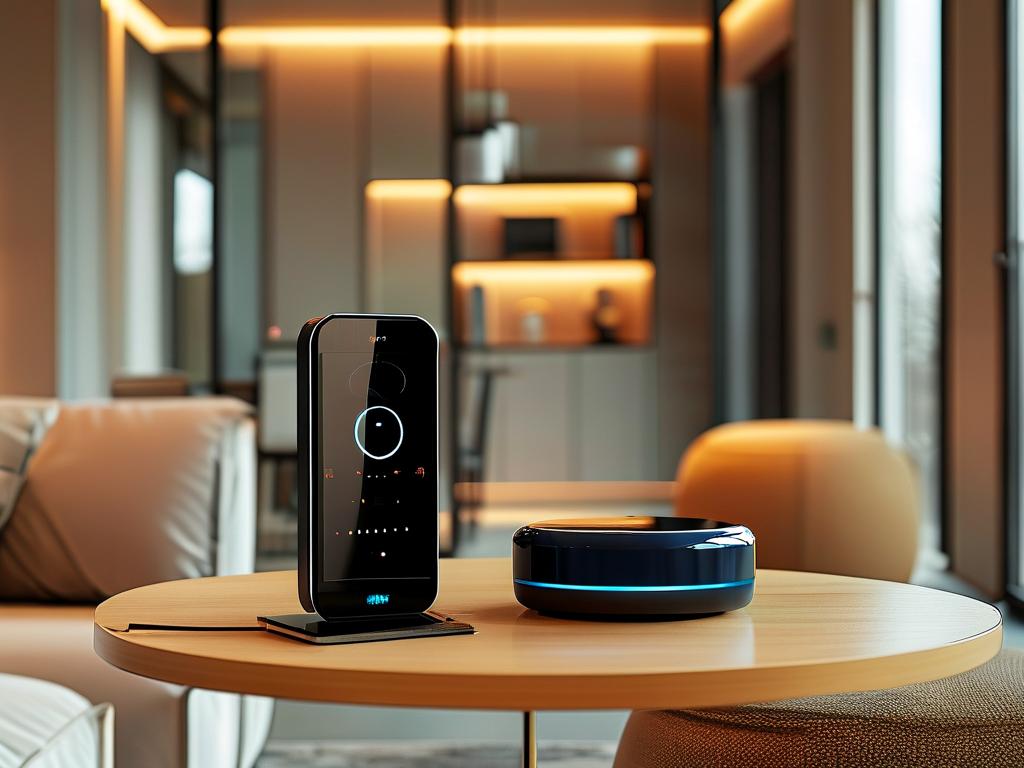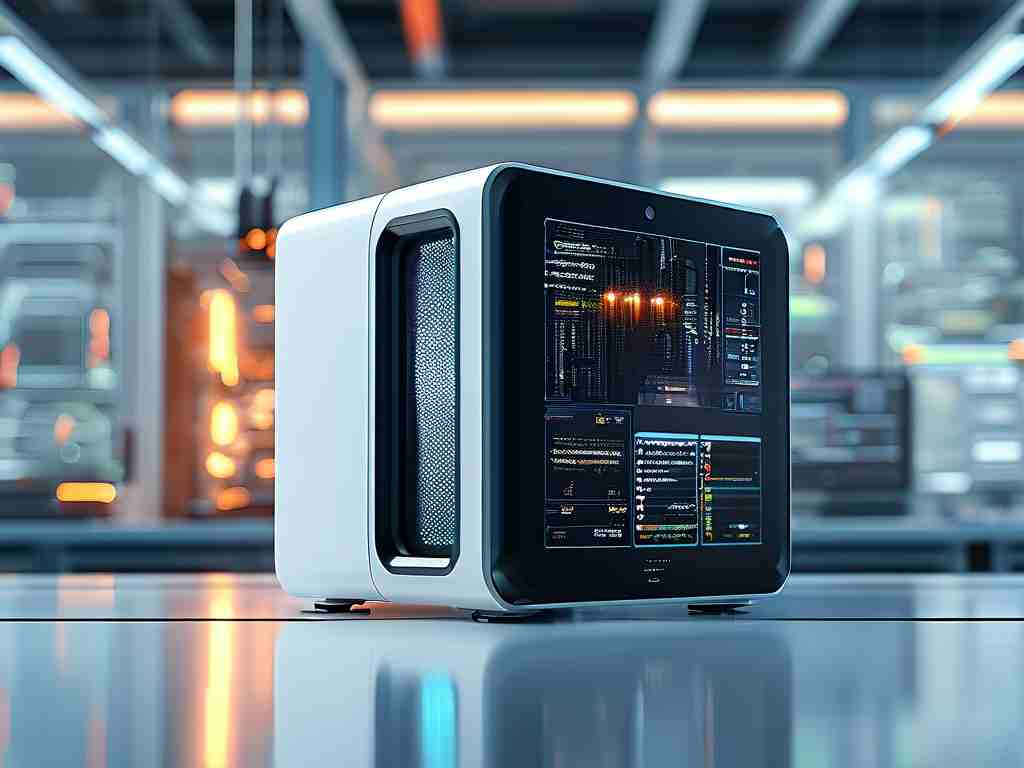The integration of embedded development platforms into smart home ecosystems has revolutionized how households interact with technology. These platforms serve as the backbone for creating seamless, energy-efficient, and secure automation systems. By leveraging real-time processing, low-power hardware, and modular software frameworks, developers can design tailored solutions that address the growing demand for interconnected living spaces.

The Foundation of Embedded Systems in Smart Homes
Embedded systems combine hardware and software to perform dedicated functions within larger systems. In smart homes, they power devices like thermostats, security cameras, and voice assistants. For instance, a Raspberry Pi or ESP32 microcontroller can be programmed to manage lighting schedules or monitor energy consumption. The key advantage lies in their ability to operate with minimal latency, ensuring quick responses to user inputs or environmental changes.
Consider a scenario where motion sensors detect activity in a room. An embedded platform processes this data and triggers lights to turn on while adjusting the HVAC system to conserve energy. Such automation reduces human intervention and optimizes resource usage.
Bridging Connectivity and Compatibility
One challenge in smart home development is ensuring interoperability among diverse devices. Embedded platforms often incorporate communication protocols like Zigbee, Z-Wave, or MQTT to bridge this gap. For example, a hub built on an embedded Linux system can unify devices from different manufacturers, enabling centralized control via a smartphone app.
Code snippet for MQTT-based temperature monitoring:
import paho.mqtt.client as mqtt
def on_connect(client, userdata, flags, rc):
client.subscribe("home/sensors/temperature")
def on_message(client, userdata, msg):
print(f"Current temperature: {msg.payload.decode()}°C")
client = mqtt.Client()
client.on_connect = on_connect
client.on_message = on_message
client.connect("broker.example.com", 1883, 60)
client.loop_forever()
This script demonstrates how embedded systems facilitate real-time data exchange, a cornerstone of smart home functionality.
Security and Scalability Considerations
As smart homes expand, security vulnerabilities become a critical concern. Embedded platforms must integrate encryption mechanisms like TLS/SSL and secure boot processes to protect data. Developers often use Trusted Platform Modules (TPMs) or hardware-based secure elements to safeguard sensitive operations.
Scalability is another priority. Modular embedded architectures allow homeowners to add new devices without overhauling existing infrastructure. For example, a Zigbee mesh network can extend coverage by simply pairing additional sensors or actuators.
The Future of Embedded Platforms in Home Automation
Advancements in edge computing and AI are pushing embedded systems toward greater autonomy. Machine learning models deployed on microcontrollers can now predict user preferences, such as adjusting lighting based on historical patterns. Additionally, energy-harvesting technologies—like solar-powered sensors—are reducing reliance on batteries, enhancing sustainability.
Industry analysts predict that by 2027, over 60% of smart home devices will rely on custom embedded platforms, up from 35% in 2023. This shift underscores the importance of flexible, developer-friendly tools like PlatformIO or FreeRTOS in accelerating innovation.
In , embedded development platforms are not just enabling smarter homes—they’re redefining how technology integrates into daily life. By balancing performance, security, and adaptability, these systems lay the groundwork for a future where homes anticipate needs, conserve resources, and prioritize user safety.









